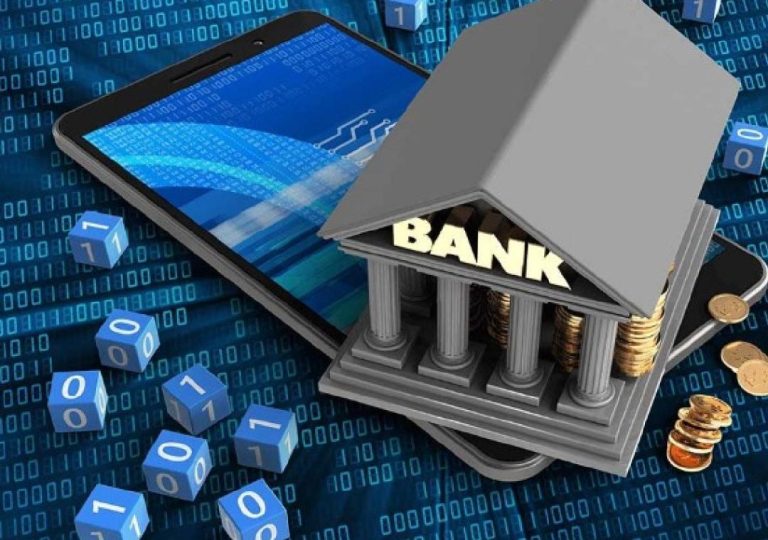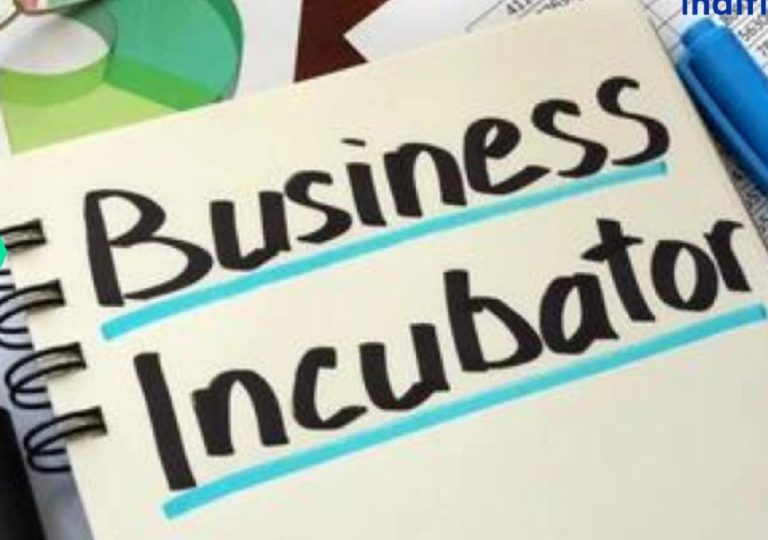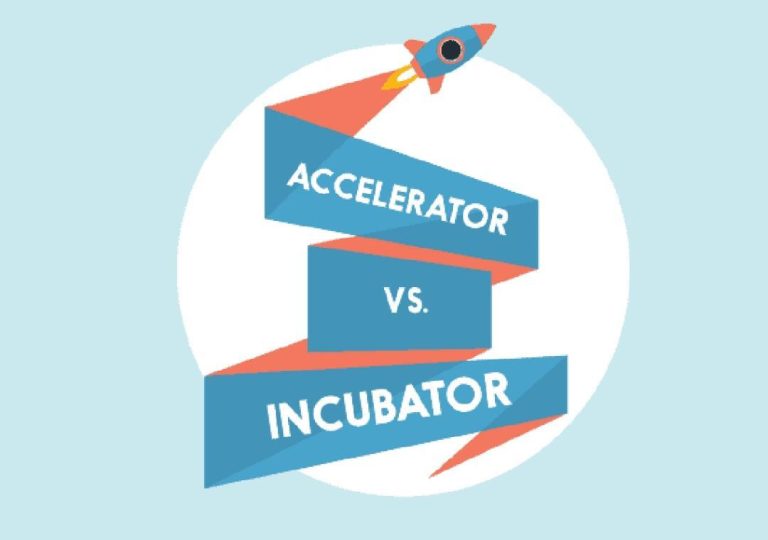
Can Fast Delivery Drive Big Businesses?
In today’s fast-paced world, customers expect nothing but the best – and that includes fast delivery. With the rise of quick commerce, startups and big businesses alike are scrambling to meet the ever-growing demand for rapid delivery. But can fast delivery alone drive big businesses, or is it just a fleeting trend?
The answer lies in understanding the true essence of quick commerce. It’s not just about speed; it’s about syncing supply chains, understanding buyer behavior, and being present exactly when needed. When done right, rapid delivery models can fuel user stickiness and repeat purchases, backed by smart logistics and intuitive UX.
The Rise of Quick Commerce
Quick commerce, also known as rapid delivery or instant delivery, refers to the ability to deliver products to customers within a short period, often within the same day or even within the hour. This concept has taken the world by storm, with startups and big businesses alike vying for a share of the market.
According to a report by GrowthJockey, “Quick commerce success stories are rife with tales of rapid growth, innovative logistics, and user-centric approaches to delivery.” The report highlights the success of companies like Delivio, which offers same-day delivery of fresh produce, and HappyFresh, which delivers groceries and other essentials within hours.
The Key to Success
So, what sets quick commerce companies apart from their traditional counterparts? According to GrowthJockey, there are three key factors that contribute to their success:
- Smart Logistics: Quick commerce companies have mastered the art of logistics, leveraging technology to optimize routes, streamline operations, and reduce delivery times. This includes the use of AI-powered algorithms to predict demand, real-time tracking, and automated dispatching.
- Intuitive UX: A user-friendly interface is crucial for quick commerce success. Companies like GrabExpress and Foodpanda have designed apps that make it easy for customers to place orders, track their deliveries, and receive updates in real-time.
- Supply Chain Synergy: Quick commerce companies have optimized their supply chains to ensure that products are delivered quickly and efficiently. This includes partnering with local suppliers, using data analytics to predict demand, and implementing inventory management systems.
The Benefits of Quick Delivery
So, what are the benefits of fast delivery for big businesses? For starters, it can:
- Increase User Stickiness: When customers receive their products quickly, they’re more likely to return to the same platform for future purchases. This is especially true for e-commerce companies, where fast delivery can become a major differentiator.
- Boost Repeat Purchases: Rapid delivery can increase customer satisfaction, leading to repeat purchases and loyalty. According to a study by McKinsey, customers who receive their products quickly are more likely to return to the same retailer.
- Reduce Cart Abandonment: When customers are stuck waiting for their products to arrive, they’re more likely to abandon their carts. Fast delivery can reduce cart abandonment rates, resulting in increased conversions and revenue.
The Future of Quick Commerce
As the quick commerce landscape continues to evolve, we can expect to see even more innovative solutions emerge. Some of the trends to watch include:
- Autonomous Delivery: With the rise of autonomous vehicles, we can expect to see more companies using driverless delivery options to reduce costs and increase efficiency.
- Artificial Intelligence: AI-powered logistics and supply chain management will become increasingly important, enabling companies to optimize their operations and make data-driven decisions.
- Personalization: Quick commerce companies will need to focus on personalization, using data and analytics to tailor their offerings to individual customers and provide a more targeted experience.
Conclusion
In conclusion, fast delivery is not just a fleeting trend; it’s a key competitive advantage for big businesses. By syncing supply chains, understanding buyer behavior, and being present exactly when needed, companies can fuel user stickiness and repeat purchases. As the quick commerce landscape continues to evolve, we can expect to see even more innovative solutions emerge.
Source:
https://www.growthjockey.com/blogs/quick-commerce-success-stories






